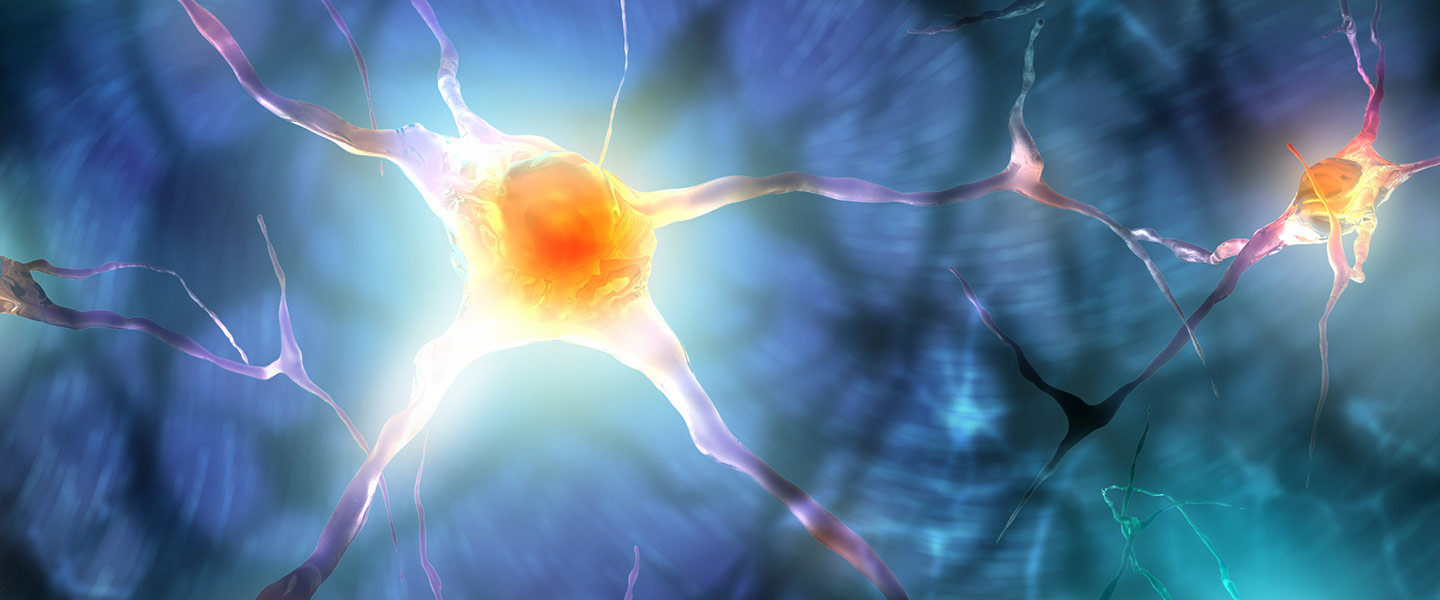Deep Transcranial Magnetic Stimulation (dTMS) Could Help Treat Bipolar Depression
Deep Transcranial Magnetic Stimulation (dTMS) Could Help Treat Bipolar Depression

Deep transcranial magnetic stimulation (dTMS), a non-invasive procedure that uses magnetic fields to stimulate brain cells, may be useful when added to medication to treat bipolar depression, according to a February 1 study published in the journal Neuropsychopharmacology.
If these new results are confirmed in further studies, dTMS could join the limited options available for treating bipolar depression, in which resistance to treatment is two times higher than in major (unipolar) depression. dTMS has already been shown to improve symptoms in patients with major depression.
The study of dTMS in bipolar depression was led by Dr. André R. Brunoni, of the University of São Paulo, Brazil, a 2013 NARSAD Young Investigator, and included Z. Jeff Daskalakis, M.D., Ph.D., of the Centre for Addiction and Mental Health, University of Toronto, a recipient of 2004 and 2006 NARSAD Young Investigator awards and a 2008 Independent Investigator award.
The study included 50 patients with bipolar depression who were also currently taking psychiatric medication for their condition. In 20 sessions held over four weeks, half of the patients received dTMS, which was delivered by an electrical coil inside a helmet worn by the participants. The other half of the patients received a “sham” treatment; that is, all the conditions were the same as for the dTMS group, except that the sham patients wore a helmet with a coil that did not generate magnetic fields but produced the same sounds and scalp sensations as the active coil. Forty-three patients completed the study.
After four weeks, patients who received dTMS scored an average of 4.88 points better on a survey measuring depression symptoms than those who received the sham treatment. (A three-point difference is considered to be a clinically meaningful difference, according to the National Institute of Clinical Excellence). Patients who received dTMS also showed a significant improvement in overall functioning after four weeks, compared to the sham group. However, the differences between groups in depression symptoms and functioning had disappeared by eight weeks after the start of treatment, and there were no significant differences in remission rates between the groups.
Patients who received dTMS reported more scalp pain than those in the sham group, but there were no other differences in treatment side effects. None of the patients developed mania symptoms after the treatment (a condition called treatment-emergent mania switch or TEMS), which can occur in dTMS treatment.
The results suggest that dTMS could be an effective and well-tolerated “add-on” therapy for patients with bipolar depression already taking medication, the researchers conclude, noting that these patients may also benefit from a longer initial dTMS treatment program or maintenance treatments after the first treatment program.
The medical device company Brainsway provided financial support and the dTMS devices for the study.



